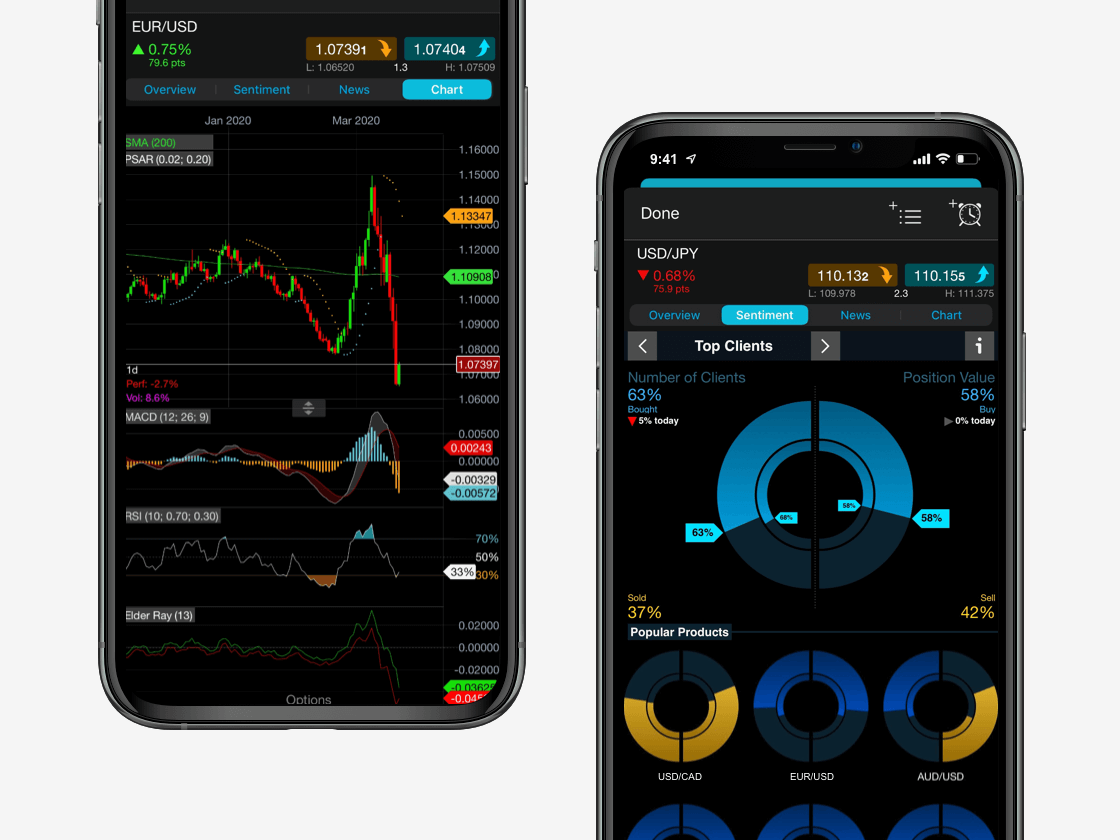ETFs are investment funds that can track a broad index, sub-sector of that index or an industry sector, for example financials, commodities or energy stocks. Gold and crude oil ETFs are one example of gaining exposure to underlying commodities, as well as more scarce water ETFs.
The popularity of ETFs has been on the rise since they first appeared. From 2006 to 2017, net issuance of these funds in the US has gone up from $74 billion to $471 billion. In the first quarter of 2016, global assets under management for ETFs amounted to $3 trillion across 64 exchanges in 51 countries globally. Depending on regulations, the legal structure of the fund will usually be an investment company or corporation. Varying structures often exist side by side in the same jurisdiction.




